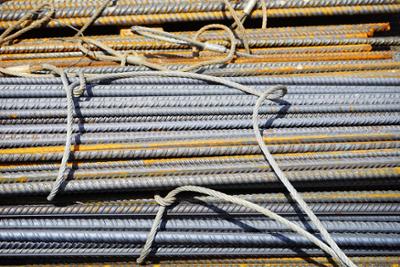

Major building products manufacturers are confident in the order growth
CEPCO’s latest economic sentiment survey reveals an optimistic outlook for the construction industry. While most manufacturers of construction products and materials anticipated no growth in orders for the second quarter of 2024, large companies are gearing up for a surge in orders between April and June.
Most respondents to the CEPCO survey indicated that they anticipated the stock forecast for the second quarter of 2024 to remain unchanged, both in finished products and raw materials. Both large and small companies were the most optimistic, with the latter forecasting a slight increase in finished product stock. In terms of production, the large and medium-sized companies were the most optimistic about future growth.
The remainder of the business spectrum, comprising small and micro enterprises, did not perceive a decline in production between April and June. Instead, they experienced a period of stability. Conversely, most respondents anticipated that payment deadlines would remain unaltered.
First Quarter Results
The survey’s results indicated that 74% of respondents reported that the order book remained stable or improved during the first quarter of 2024. Additionally, the domestic order book demonstrated a more robust performance than orders from abroad. The report demonstrated the resilience of orders across all types of companies, with large companies recording the highest number of above-normal orders. It is worth noting that in the previous survey conducted in the third quarter of 2023, only 45% of companies reported stability in their order backlog, compared to 59% in the year’s first quarter.
In terms of production, 74% of respondents reported stable or increasing activity in their factories over the three-month period of 2024, compared to 55% in the third quarter of 2023. The latest figures show that medium-sized and micro enterprises have experienced the sharpest decline in production over the past quarter, with a 33% and 37% reduction, respectively.




